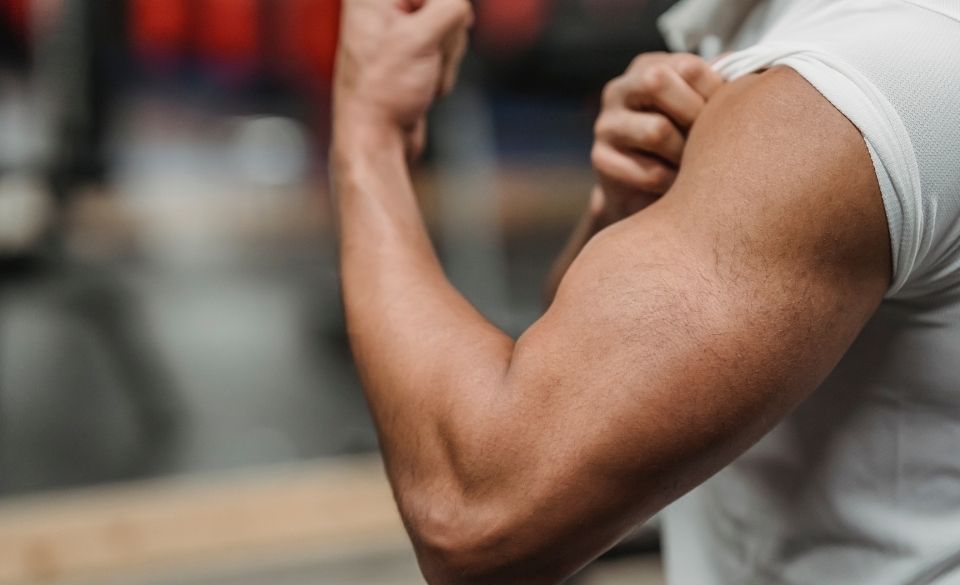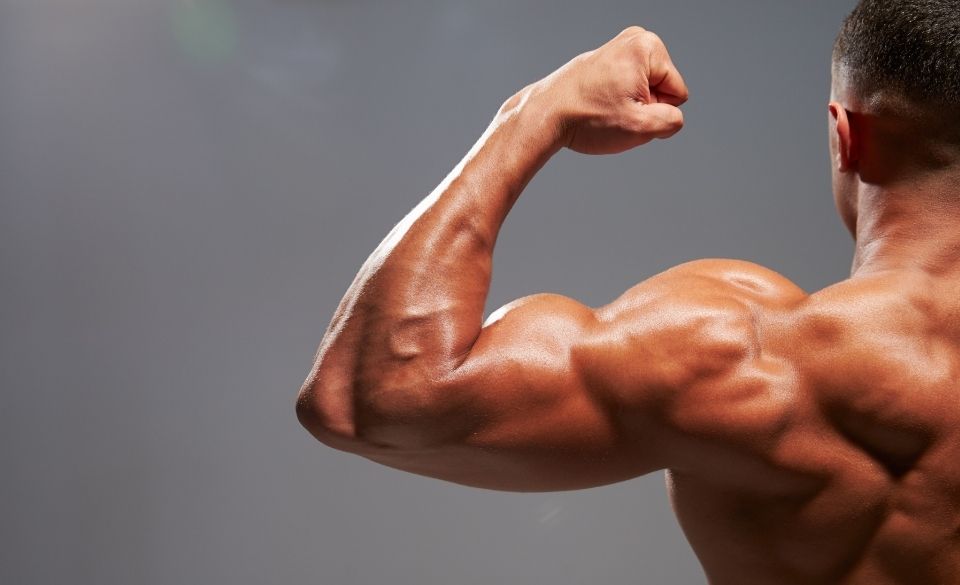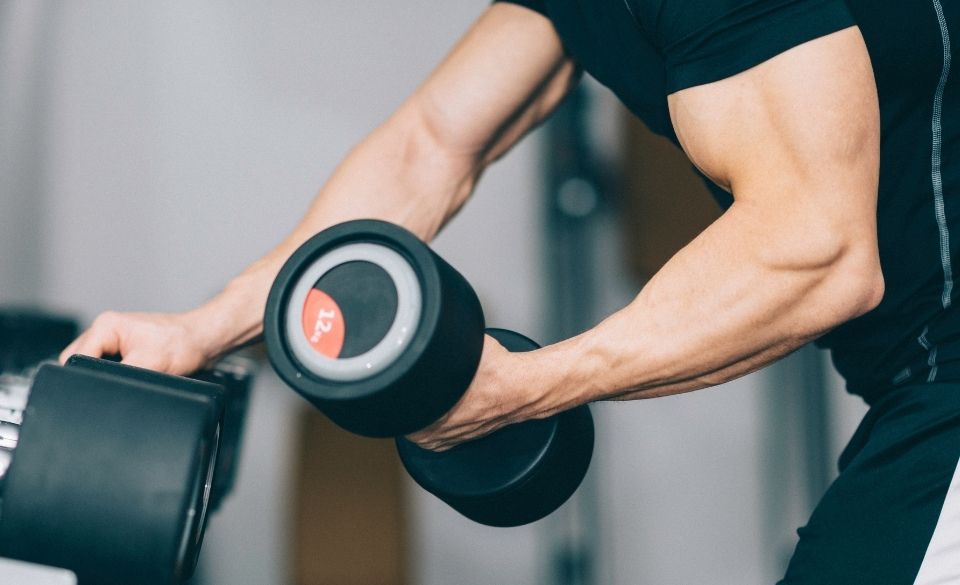
Bad Bicep Genetics – UPDATED 2022 – A Complete Guide
Page Contents
One of the best pieces of advice for newcomers to fitness training in 2022 is to work hard, don’t give up, and achieve your goals. It’s great advice that’s especially true and relevant for bicep workouts, but sometimes you might find that no matter how hard you work, you’re not getting the results you want.
This probably isn’t your fault…you might just have bad bicep genetics.
Genetics can control many things about our body, from our eye color to our likelihood to catch certain diseases. But you might not know that they can also control how your muscles look once you begin to gain muscle mass.
Think you might have bad bicep genetics? This updated, complete guide will explain what bad bicep genetics are, how to manage them, and more.
Bad Bicep Genetics – A Complete Guide
Bad bicep genetics are more subjective than other types of genetics. Biceps are videos, sure, but to understand bad bicep genetics we need to think in terms of the ‘ideal biceps.
Bad bicep genetics does not mean small biceps. Small biceps are not a result of genetics, but ineffective bicep training. If you have small biceps then there might be a deficiency in the effectiveness of the exercises you are doing, or you might not be eating the correct diet to support your training.
Bicep genetics, and all muscle genetics, are dependent on the length of your muscle belly in certain areas of the body. This isn’t a muscle that can be trained, and if you’re born with a short muscle belly in a particular area of your arm then that won’t change.
To find out if you have bad bicep genetics, there’s an easy test you can do. The guide to testing for bad bicep genetics is:
1. Raise your arm to a 90-degree angle and flex.
2. Find the gap between your forearm and the end of your bicep muscle.
3. Place 1 finger in this gap.
4. If there is still space, place another finger in this gap.
The less fingers that you can get in the gap between your bicep and forearm, the better your bicep genetics are.

Good Vs Bad Bicep Genetics – What You Should Know?
The goal of the bicep genetic test is to determine the potential for your bicep muscle, and how big they could potentially be at their peak.
So, what should you know about bad bicep genetics vs good bicep genetics?
Bad bicep genetics refers to an unevenness in your biceps. Most often, this manifests in the middle of your arm where instead of a consistent, single ‘bulge’ of the bicep muscle, there are smaller pockets of muscle.
Good bicep genetics on the other hand will have a more even shape to the biceps. There might be less of a gap between the forearm and the bicep muscle, and the bicep itself will be a rounder and more conventional shape.
The most important thing is that bicep genetics will not limit you in any meaningful way. If you find that you have bad bicep genetics and decide to stop training your biceps, then of course you’re never going to improve.
Let’s say you put two people on the same fitness program and the same diet, and one of them has a high bicep insertion and the other has a low bicep insertion. If you were to then have them bench the highest weight they could, the low bicep insertion person would be able to bench more. Applying liquid chalk can also help by increasing grip and preventing instability while lifting.
High Bicep Inserts
A more scientific term and a less negative term for bad bicep genetics is having high bicep inserts. Just like bad genetics, this means that the muscle belly of your bicep muscle is shorter than average.
A shorter muscle belly means that there is less surface area for the muscle to develop. In turn, this will lead to the muscle developing in unusual ways and forming an unconventional shape.
It can also mean that the muscle has lower growth potential, in turn leading to a lower strength potential.

Bad Bicep Insertions
So, is a high bicep insertion a form of bad bicep insertions? If we’re going to talk in black and white terms then yes, a high bicep insertion is worse than a low bicep insertion.
This is because a low bicep insertion is a longer muscle belly of the bicep. A longer muscle belly means more surface area, and more surface area means more room for growth.
Let’s say you put two people on the same fitness program and the same diet, and one of them has a high bicep insertion and the other has a low bicep insertion. If you were to then have them bench the highest weight they could, the low bicep insertion person would be able to bench more.
The difference would be minimal, and for the average lifter, bad bicep insertions won’t make much difference at all to your bicep strength.
Bicep Peak Vs No Peak
The bicep peak is the area that’s most affected by bad bicep genetics. The bicep peak can either become split into smaller segments thanks to bad bicep genetics, or it can become an uneven shape.
It’s also possible to not have a bicep peak at all thanks to bad bicep genetics. In this case, the bicep muscle will all be on the same level. There will still be visual evidence of muscle gain, and you’ll be able to physically feel muscle, but the peak of the bicep will not be as visible.
While a bad bicep peak is often associated with no bicep peak, this is again where subjectivity can come into play with bad bicep genetics.
Some people may think that no bicep peak looks more visually appealing than a high bicep peak. This is because the arm has fewer grooves and fewer divots, meaning it’s smoother.
Bad Bicep Genetics – Closing Thoughts
In summary, bad bicep genetics are just that; genetic. They’re a factor of your body that can’t be changed and aren’t something you should worry about. You shouldn’t let genetics limit your training, because there’s only a minuscule difference between the peak of bad genetics and perfect genetics.
If you’re interested in effective, serious bicep training, then be sure to check us out for workout guides, routines, tips, diet plans, and more.


